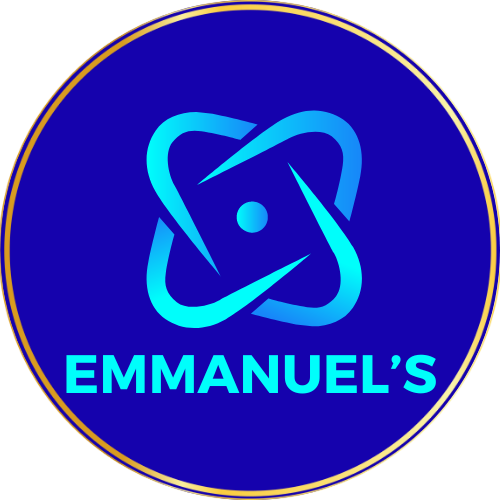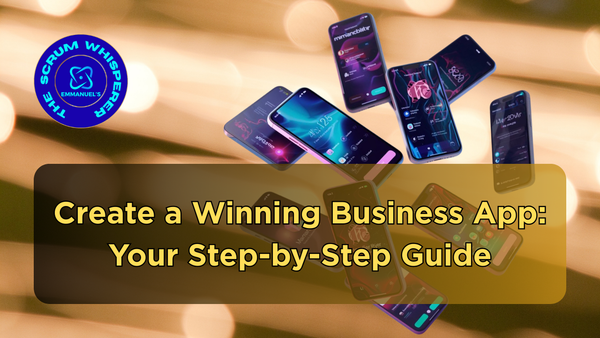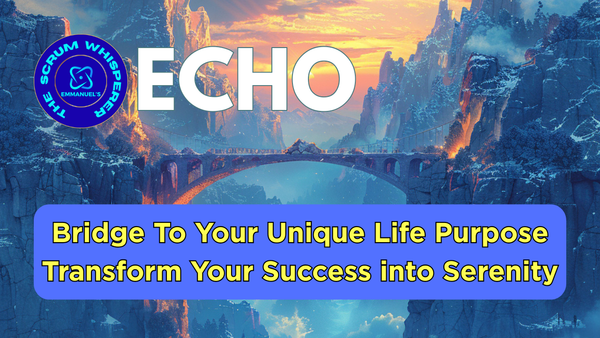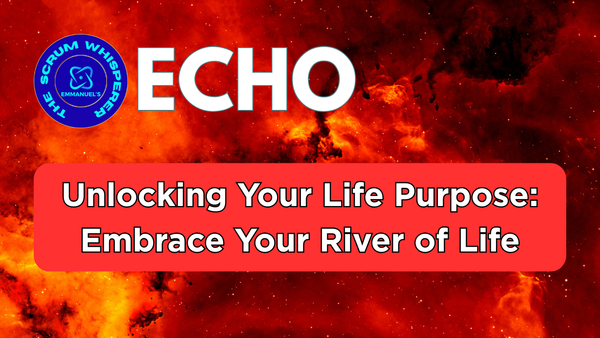What Is The Triple Bottom Line? Use Scrum To Achieve TBL
Unlock a sustainable future with Scrum! This dynamic approach harmonizes innovation and teamwork, optimizing practices that minimize waste while maximizing value. Embrace the Triple Bottom Line and contribute to a greener world. Join the movement today!
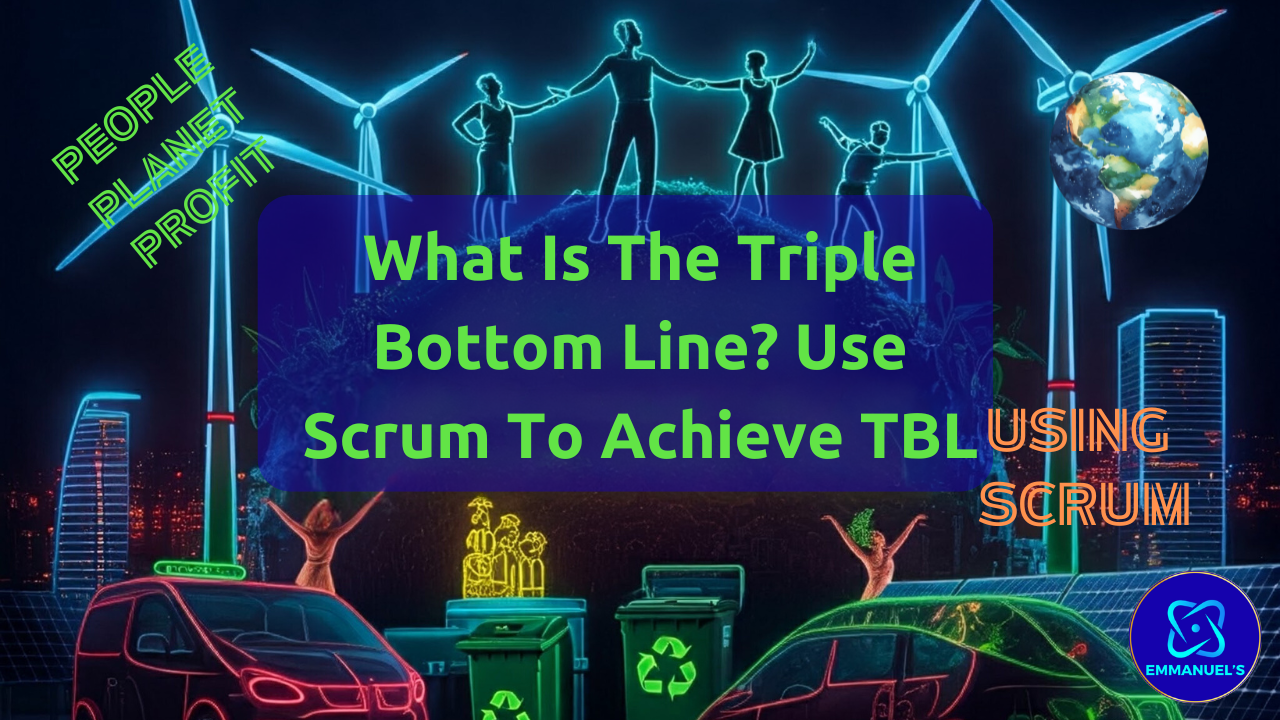
Have you ever wondered how businesses balance profit, people, and the planet in a sustainable way?
The answer lies in the Triple Bottom Line (TBL), a robust framework that expands beyond financial performance to encompass vital social and environmental responsibilities.
By integrating TBL principles with agile methodologies, such as Scrum, organizations enhance their impact and meaningful, holistic change.
Explore how Scrum serves as an efficient means to achieve the goals of the Triple Bottom Line, ensuring your achievements create enduring value for all.
See How To Dance Towards a Greener Future: What Is The Triple Bottom Line?
Imagine a dance performance—not just any performance, though one where the dancers move with fluidity, adapting to the rhythm and responding to each other’s cues in perfect harmony.
Every step is precise, every transition seamless, and the overall impact is quietly efficient.
These reflect the essence of Agile product delivery, and it’s an assertion for creating a greener future for our planet and an equitable future for people.
It’s about moving with purpose, minimizing energy, and ensuring every action contributes to harmonious, sustainable outcomes.
Choreographing Sustainability: The Agile Way
Just as a dance troupe needs a skilled choreographer and responsive dancers, building sustainable products and achieving the Triple Bottom Line requires a flexible framework, a collaborative spirit, and a focus on delivering value across People, Planet, and Profit.
That framework is Agile, and its most popular form for orchestrating this sustainable dance is Scrum.
Here’s how Agile principles, enacted through Scrum, enable us to choreograph a sustainable future, impacting the People and Planet aspects of the TBL:
- The Agile Pas de Deux: Sustainability and Innovation. Agile’s iterative approach, enabled by Scrum’s Sprints, is akin to a series of focused dance rehearsals. We attempt new steps, experiment with different sequences, and refine our movements until they flow seamlessly. It allows us to rapidly test sustainable materials for new eco-products, experiment with energy-efficient software solutions, learn from each iteration, and continuously improve the environmental impact of our products (Planet). This intelligent, sustainable evolution entrusts teams and fosters a culture of innovation (People).
- A Lean, Green Machine: Think of waste as unnecessary steps in our dance routine–inefficient movements that deplete energy and resources. Agile guides us to eliminate unwanted steps by prioritizing customer value and delivering in small, manageable increments (think of Scrum’s “Potentially Shippable Increments”). This “lean” approach minimizes resource consumption. It reduces our environmental footprint (Planet), ensuring every step we take, from concept to delivery, is purposeful and efficient, benefiting both the environment and profitability.
- The Chorus Line of Collaboration: In Agile, transparent communication is key. It’s like the silent, intuitive understanding between dancers, anticipating each other’s movements and working together to create a cohesive performance. Scrum fosters open dialogue through events like Daily Scrums, Sprint Reviews, and Retrospectives, ensuring every Team member, stakeholder, and customer is aligned and aware of sustainability goals. The confident collaboration actively contributes to finding innovative, eco-friendly solutions (Planet) and assembles engaged teams (People).
- Improvisation for a Changing World: Just as dancers need to adapt to unexpected changes in the music or their partner’s movements, businesses need to be flexible in the face of evolving sustainability challenges. Agile methodologies embrace change, enabling us to respond in a timely manner to new environmental regulations (such as those from Planet), shifting customer demands for green products, and technological advancements in the sustainable space. This adaptability ensures that your green initiatives remain relevant and impactful, safeguarding future generations.
- The Standing Ovation: Delivering Value, Sustainably: Agile is about delivering product value in a way that respects our planet and its future (Planet), while fostering human well-being (People). By embracing these principles through Scrum, we create innovative and desirable products, which also contribute to a healthy and sustainable world. It leads to enduring businesses and a lasting impact across all three of the bottom lines.
What Is the Triple Bottom Line TBL
The Triple Bottom Line (TBL) is a revolutionary concept, introduced by John Elkington, that fundamentally expands how we measure business achievements.
Beyond the traditional financial bottom line (Profit), TBL rigorously evaluates a business’s social impact (People) and environmental performance (Planet).
This holistic approach encourages companies to align their business practices with comprehensive corporate social responsibility, focusing on equity, environmental sustainability, and the well-being of future generations.
Why is TBL essential for modern businesses?
- Holistic Assessment: Unlike traditional accounting, TBL enables business leaders to assess their full impact on people and the planet, incorporating it into their overall picture of performance.
- Enhanced Reputation and Loyalty: Consumers are becoming increasingly aware of sustainability issues and are willing to pay a premium for products from companies that prioritize ethical business practices, renewable energy, and safe working environments. Companies like Shell, with their pioneering sustainability reports, have demonstrated this commitment.
- Strategic Alignment: TBL enables businesses to align their operations with principles of corporate social responsibility, fostering relationships with partners and suppliers who also value sustainability.
- Long-Term Viability: By evaluating all three bottom lines, organizations develop a business model that enhances financial performance while also impacting the supply chain and the broader community, ensuring resilience and a competitive advantage in the long run.
Integrating TBL means embracing a robust sustainability framework that incorporates a resilient community and improves accountability, creating a win-win scenario for all stakeholders involved.
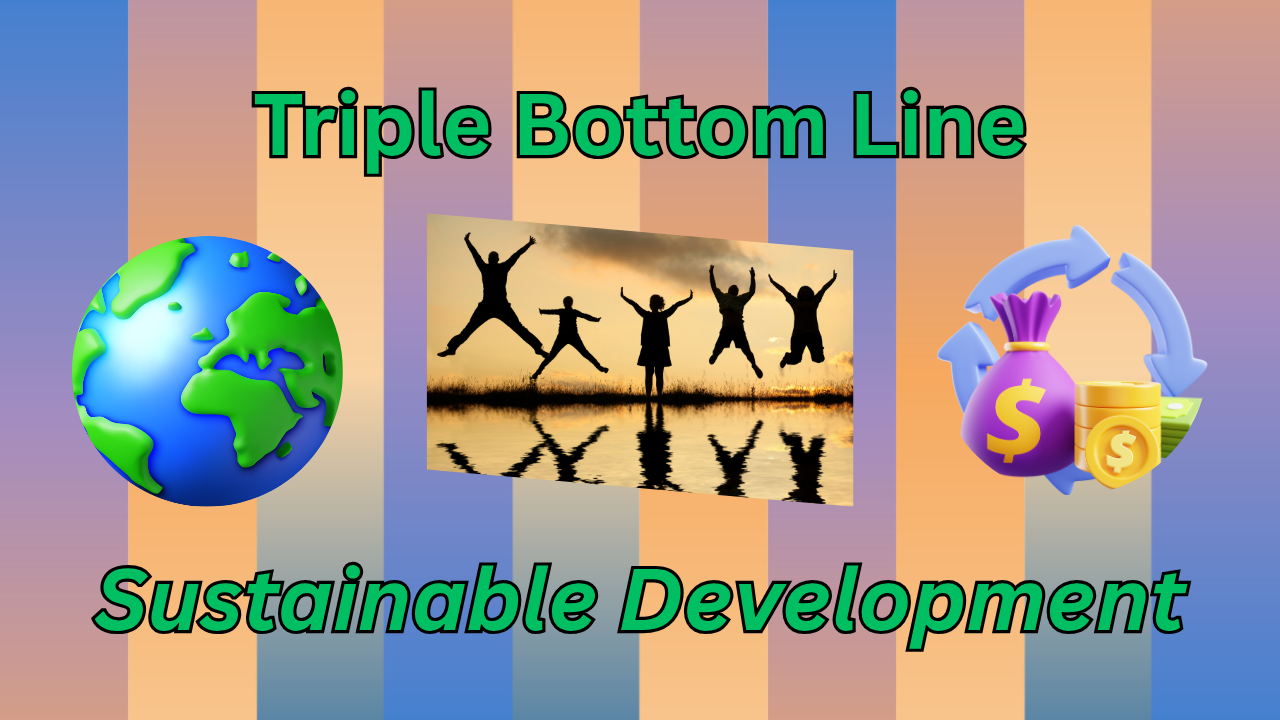
What Is the Triple Bottom Line In Sustainability Using Scrum?
Organizations have adopted the TBL approach to enhance their sustainability efforts, with Scrum providing the ideal framework for operationalizing it.
While TBL is the “what” (the holistic goals), Scrum is the “how” (the dynamic process for achieving them).
Scrum’s iterative, collaborative, and adaptable nature directly enables businesses to achieve their People and Planet goals with efficiency:
- People: Scrum fosters self-managed teams, psychological safety, and clear communication. Daily Stand-ups and Sprint Retrospectives ensure the Team well-being, while transparency enables trust. It directly supports the social aspect of TBL by prioritizing employee engagement, fair practices, and an entrusting work environment.
- Planet: Scrum’s focus on delivering in short, focused Sprints minimizes waste and resource consumption. Continuous feedback loops enable the rapid testing and refinement of sustainable solutions, with environmental impact optimized throughout the development process. It directly supports the environmental aspect of TBL by encouraging eco-friendly innovation and reducing the ecological footprint.
- Continuous Integration: Scrum’s framework (with its events like Sprint Reviews) encourages ongoing stakeholder involvement and transparency. It ensures the constant inspection of social and environmental performance, assessed and adapted, guiding companies in their practices, even in the face of evolving directives such as corporate sustainability reporting.
By using Scrum, companies of all sizes make a measurable and positive contribution to society and the environment while maintaining profitability, ensuring they meet key business objectives within a sustainable framework for the future.
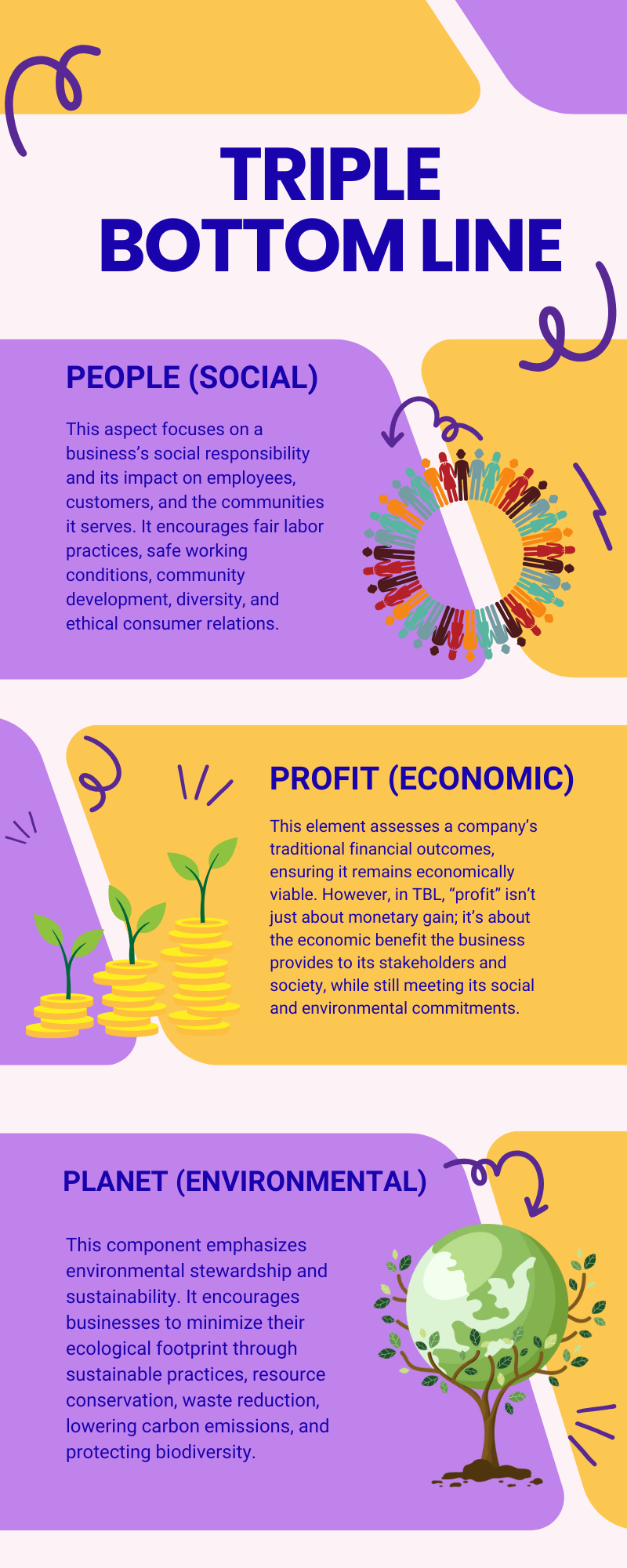
What Does Triple Bottom Line Include?
The Triple Bottom Line (TBL) is a framework that expands the traditional reporting scope to account for social, environmental, and financial outcomes.
It encompasses three key components, often referred to as the “three P’s”:
- People (Social): This aspect focuses on a business’s social responsibility and its impact on employees, customers, and the communities it serves. It encourages fair labor practices, safe working conditions, community development, diversity, and ethical consumer relations.
- Planet (Environmental): This component emphasizes environmental stewardship and sustainability. It encourages businesses to minimize their ecological footprint through sustainable practices, resource conservation, waste reduction, lowering carbon emissions, and protecting biodiversity.
- Profit (Economic): This element assesses a company’s traditional financial outcomes, ensuring it remains economically viable. However, in TBL, “profit” isn’t just about monetary gain; it’s about the economic benefit the business provides to its stakeholders and society, while still meeting its social and environmental commitments.
Together, these three elements foster a holistic and integrated approach to measuring and achieving business efficiencies that benefit all.
Who Uses the Triple Bottom Line?
Various stakeholders across sectors utilize the Triple Bottom Line (TBL) framework to evaluate their impact on the economy, society, and the environment:
- Businesses: Organizations, particularly those committed to sustainability and corporate social responsibility (CSR), adopt TBL to measure outcomes beyond financial profits. It helps them identify areas for improvement in social responsibility and ecological stewardship, thereby enhancing brand reputation, customer loyalty, and long-term value.
- Non-Profit Organizations: Non-profits utilize TBL to evaluate their effectiveness in achieving social and environmental objectives while ensuring financial sustainability. By focusing on all three aspects, they communicate their holistic impact to donors and stakeholders.
- Governments and Policymakers: Use TBL as a guiding principle to create regulations and policies that promote sustainable development. Incorporating TBL into decision-making processes fosters economic growth while safeguarding environmental and social interests.
- Investors: Increasingly, socially responsible investors (SRIs) and ESG funds utilize TBL principles to evaluate companies, influencing investment decisions based on a firm’s commitment to People, Planet, and Profit.
Ready to Choreograph Your Business’s Greener Future?
This Agile dance towards a Triple Bottom Line future requires skill and precise guidance. If your current projects feel out of step, or you’re ready to achieve sustainability across People, Planet, and Profit, the Scrum Whisperer assists.
I guide organizations in transforming their project delivery, ensuring efficiency, collaboration, and continuous, sustainable outcomes.
Unlock Holistic Efficiency with the Scrum Whisperer
- Join Our Community: Want continuous insights on achieving TBL with Scrum? Join our Free Forever Membership! Get content, tips, and guidance on mastering Agile for a sustainable business.
- Free Forever Membership.
Practical Strategies at Your Fingertips
- Need a quick win for your project management? Download your FREE eBook Preview: Strategies for Success. Get actionable insights you use today.
- Ready for the complete blueprint? Buy the full eBook: Achieve Business Success with Efficient Project Management and transform your approach from the ground up.
Is Your Sustainable Project Off-Track?
- Suppose your initiatives are struggling to meet their People, Planet, or Profit goals. In that case, I designed our specialized Scrum Master Project Rescue Service to implement Agile principles and get you back on track for sustainable, consistent, and efficient product delivery.
- Turn Your Project Around with Sage Scrum Master Guidance!
